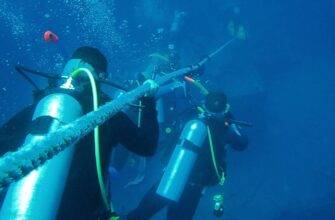Every day and every year, the water of the world’s oceans works as a worldwide thermostat, preventing sudden temperature spikes caused by the uneven heating of the earth’s surface from the sun. The ocean absorbs heat during the day and summer season and gives it away at night and during the winter season. Similarly, ice in the polar regions absorbs heat during the day as it melts and releases it at night as it freezes.
The difference in temperature between day and night or summer and winter would be incomparably greater without the ocean as the thermostat. Without the thermal inertia provided by water, many – if not all – terrestrial organisms would not be able to withstand the strongest daily temperature variations.
Each species of living organisms is characterized by a certain range of conditions in which it can survive (the so-called tolerance range). Among others, these conditions include temperature, salinity, and light exposure. Some species can tolerate a wide range of conditions and therefore can live in many places.
Others survive only a narrow range of conditions and are therefore more limited in habitat. An organism may have a wide range of tolerance to one parameter (e.g., temperature) and a narrow range to another (e.g., salinity).
Ranges tolerance ranges have an effect on each other.
For example, sea stars can tolerate a wide range of temperatures, but when they live at the limit of temperature tolerance, they become stressed and much less resistant to changes in other environmental factors, such as salinity.
Tolerance ranges partly determine which habitats a given organism will be able to live in.





